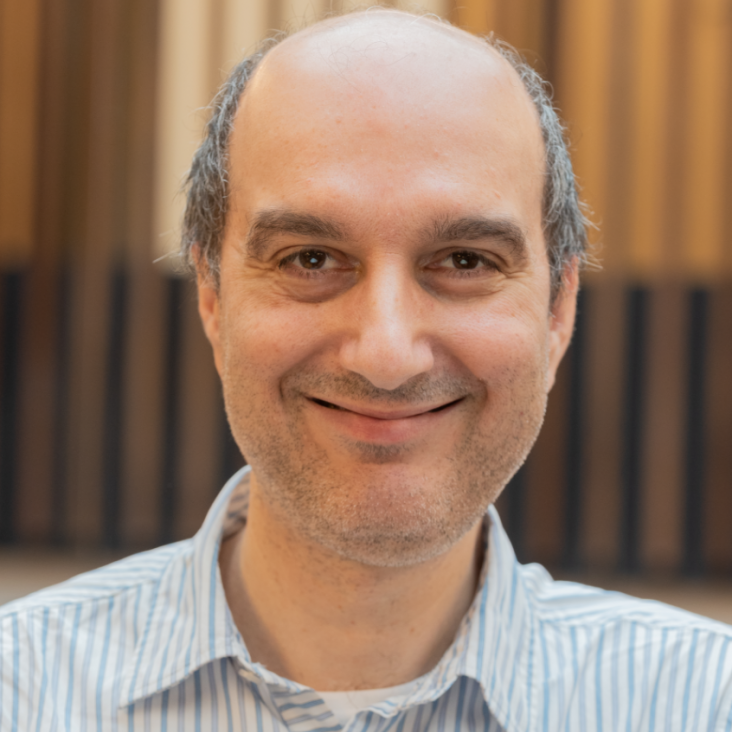Relativistic quasimonoenergetic positron jets from intense laser-solid interactions.
Phys Rev Lett 105:1 (2010) 015003
Abstract:
Detailed angle and energy resolved measurements of positrons ejected from the back of a gold target that was irradiated with an intense picosecond duration laser pulse reveal that the positrons are ejected in a collimated relativistic jet. The laser-positron energy conversion efficiency is ∼2×10{-4}. The jets have ∼20 degree angular divergence and the energy distributions are quasimonoenergetic with energy of 4 to 20 MeV and a beam temperature of ∼1 MeV. The sheath electric field on the surface of the target is shown to determine the positron energy. The positron angular and energy distribution is controlled by varying the sheath field, through the laser conditions and target geometry.Screening of ionic cores in partially ionized plasmas within linear response
Physical Review E - Statistical, Nonlinear, and Soft Matter Physics 81:6 (2010)
Abstract:
We employ a pseudopotential approach to investigate the screening of ionic cores in partially ionized plasmas. Here, the effect of the tightly bound electrons is condensed into an effective potential between the (free) valence electrons and the ionic cores. Even for weak electron-ion coupling, the corresponding screening clouds show strong modifications from the Debye result for elements heavier than helium. Modifications of the theoretically predicted x-ray scattering signal and implications on measurements are discussed. © 2010 The American Physical Society.Electronic structure of an XUV photogenerated solid-density aluminum plasma.
Phys Rev Lett 104:22 (2010) 225001
Abstract:
By use of high intensity XUV radiation from the FLASH free-electron laser at DESY, we have created highly excited exotic states of matter in solid-density aluminum samples. The XUV intensity is sufficiently high to excite an inner-shell electron from a large fraction of the atoms in the focal region. We show that soft-x-ray emission spectroscopy measurements reveal the electronic temperature and density of this highly excited system immediately after the excitation pulse, with detailed calculations of the electronic structure, based on finite-temperature density functional theory, in good agreement with the experimental results.X-ray scattering as a probe for warm dense mixtures and high-pressure miscibility
(2010)
A proposal for testing subcritical vacuum pair production with high power lasers
(2010)


